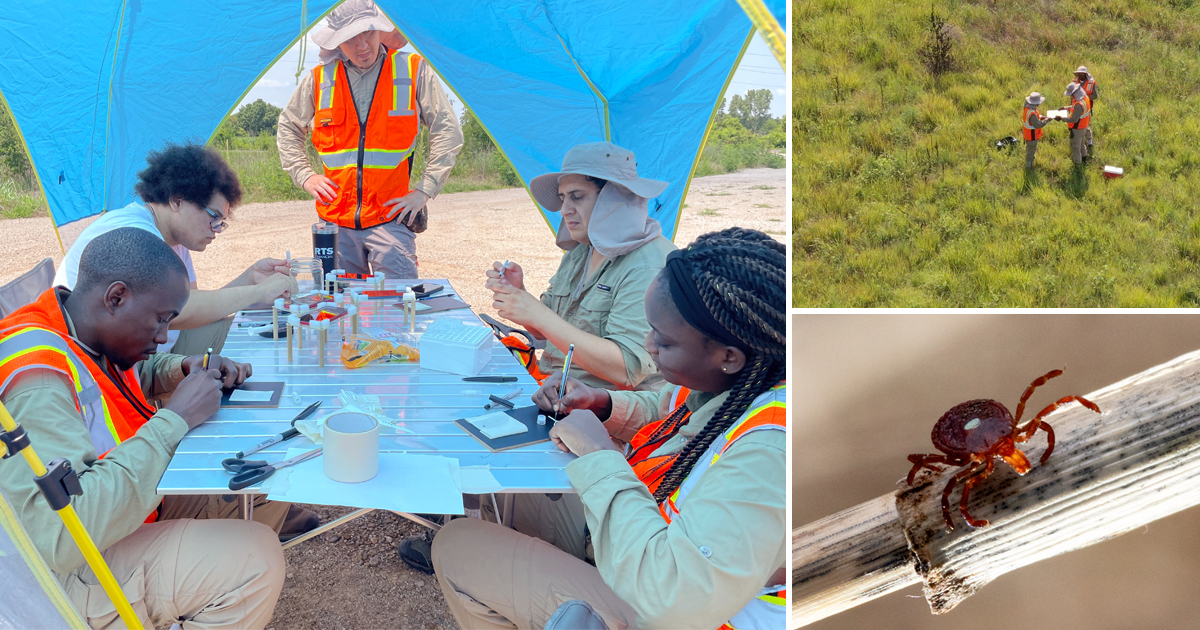KU increases rank among top US research institutions in National Science Foundation survey

LAWRENCE — The University of Kansas rose five positions in national rankings for research and development expenditures among U.S. institutions in fiscal year 2020, according to a new report.
KU increased its rank from 49 to 44 among public universities in the National Science Foundation’s Higher Education and Research Development Survey, released in December. The university also claimed the third overall spot in federally financed R&D expenditures in non-science and engineering fields for the second year in a row. The survey included 915 public and private institutions.
“KU’s rise in the HERD rankings affirms our researchers’ enduring commitment to advancing knowledge, discovery and innovation for the benefit of our state, nation and world. Even as the pandemic put constraints on university research, our scholars found ways to adapt and persist,” said Simon Atkinson, vice chancellor for research on the Lawrence campus. “Our robust research activity in non-science and engineering fields — such as education, social work, business, humanities, law, and visual and performing arts — continues to outpace other major research universities and demonstrates the breadth of KU’s scholarly explorations and contributions.”
Research expenditures across all KU campuses increased 22.5% — from $238.8 million to $292.6 million — during the eight-year span from 2014 to 2021.
Among research funded during fiscal year 2020 were projects to enhance outcomes for students with autism spectrum disorders; assist the U.S. Navy with improving its radar technology; explore marginalized communities through women’s voices; understand the risk of tick-borne diseases in Kansas and across the Great Plains; examine using renewable energy to optimize water resources for rural communities; investigate the impact of exercise on memory and concentration; appraise innovative tobacco treatment options; analyze diet’s influence on the prevention of Alzheimer’s disease, and more.
“The researchers at the medical center are dedicated to increasing scientific knowledge for the betterment of society with direct impacts on the health of our local and regional communities, including The University of Kansas Health System patients,” said Dr. Matthias Salathe, KU Medical Center interim vice chancellor for research. “Our national ranking can be credited to the deep commitment of our scientists to improve health and well-being. We are honored to be trusted stewards of research and discovery funding and look forward to continuing exceptional and transformative research.”
Other prominent KU rankings in the HERD survey:
- No. 9: overall R&D expenditures in non-science and engineering fields
- No. 22: federally financed R&D expenditures in psychology
- No. 27: federally financed R&D expenditures by agencies other than the Department of Defense, Department of Energy, Department of Health & Human Services, NASA, National Science Foundation and Department of Agriculture
- No. 70: overall R&D expenditures among all universities
- No. 75: federally financed R&D expenditures among all universities.
The HERD survey collects information on research and development expenditures by field of research and source of funds among all U.S. colleges and universities that expend at least $150,000 on R&D.
Photo: KU research that received external funding in fiscal year 2020 includes a project to sample ticks throughout Kansas and Oklahoma to understand the risk of tick-borne diseases, which could help medical professionals better diagnose tick-related illnesses. Clockwise from top right: A KU research team sets up dry ice traps to collect ticks at Clinton Lake; a tick crawls on a piece of wood; researchers document their findings. Photo credit: Daniel Romero-Alvarez and Jarrett Mellenbruch.